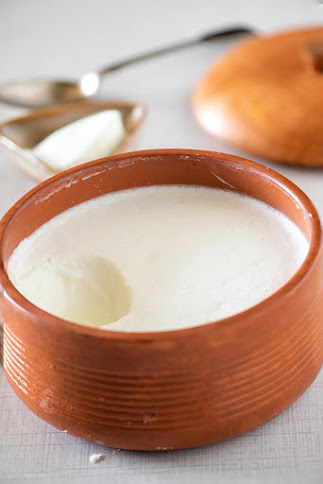How to make cheese
Basic Steps of How to Make Cheese
This is a introductory Instructable about how to make cheese. It is not meant as a form but as a great way to familiarize yourself with the way of this ancient craft. For specific fashions, check out some of my other Instructables or my book on home cheesemaking online cheese dealership
Step 1: Start With Fresh, Warm Milk
The nicer and the fresher the milk you use, the further succulent your rubbish will be. I like to buy my milk the same day I make it into cheese. To warm the milk, you can either get it still warm from the udder (in which case you need to be on a dairy ranch) or you can transfer it from the fridge into a large pot and warm it sluggishly on the stovetop.
Step 2 Acidify the Milk
There are numerous ways to make cheese but the first' split in the road'is how you acidify the milk. One way is to leave acid ( ginger or citric acid) right into the milk to get the correct acidity. This process ( called direct acidification) leads to crapola similar as ricotta and mascarpone. The other way to acidify the milk is to add societies, or living bacteria. Given time, warmth and lack of contender bacteria, these societies will eat up the lactose in the milk, turning it into lactic acid.
Step 3 Add a Coagulant
The most common coagulant is rennet, the name for an enzyme which causes the proteins in milk to link together. Still, the word'rennet'is a bit vague. Rennet can mean a' traditional rennet'which comes from an beast stomach. It can mean a'bacterial'rennet, occasionally also euphemistically called'vegetable rennet'which comes from recombinant bacteria ( using DNA from veal shin stomach cells). Or rennet can come from a fungus ('microbial'rennet). Using the more general and accurate term'coagulant', we can add in' factory'coagulants which might be tire from a fig tree or a milk thistle.
Mix the coagulant into the liquid milk and stay until a gel forms.
Step 4 Test for Gel Firmness
When you've given the rennet enough time to work on the proteins in the milk, the milk will transfigure from a liquid into a gel. You can test the'doneness'of the gel by pressing (with a clean hand) onto the face of the milk.
Step 5 Cut the Curd
The coming step is now to cut the curd down from a giant blob into lower cells or gobbets. You can do this with a' rubbish harp', with a cutter or indeed with a whisk. The size to which you cut the curds will dramatically prompt the quantum of humidity retained in your final rubbish; the lower the original pieces, the drier (and further ageable) the cheese will be. And vice versa.
Step 6 Stir, Cook & Wash the Curd
For the coming several twinkles or indeed hour ( depending on the form), you will stir the curds in the handbasket. Conceivably, you will turn on the heat and cook the curds while you stir. During this phase, the most important thing that's passing is acid is continuing to develop inside the curd and, from the stir of your shifting, the curds are drying out. The more you cook and the more you stir, the drier your cheese will be.
Washing is the process of removing some of the whey from the handbasket and replacing it with water. This creates a milder, sweeter, more elastic cheese and cheese paste.
Step 7 Drain the Curds
Eventually, it's time to separate the curds from the whey. You might do this nearly final step by simply jilting the contents of the pot into a colander in a Gomorrah. You might stay 10 twinkles to let the curds settle to the bottom also press the curds together at the bottom of the pot before bringing them up and out of the pot in gobbets. Generally, we work snappily at this point in the process because we want to conserve the heat into the curds, encouraging them to mush back together to form a nice smoothwheel. However, the curds get cold and the cheese falls piecemeal, If we stay too long.
Become a Cheese Course Franchisee .We're seeking passionate, driven franchisees in crucial markets who want to cater to cheese lovers hungry for great. We are a unique franchise providing a tremendous online cheese dealership opportunity for someone to join our growing system



Comments
Post a Comment